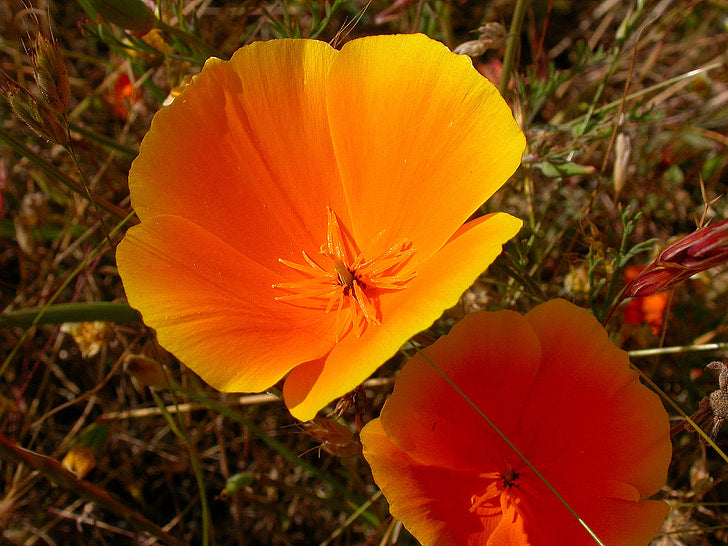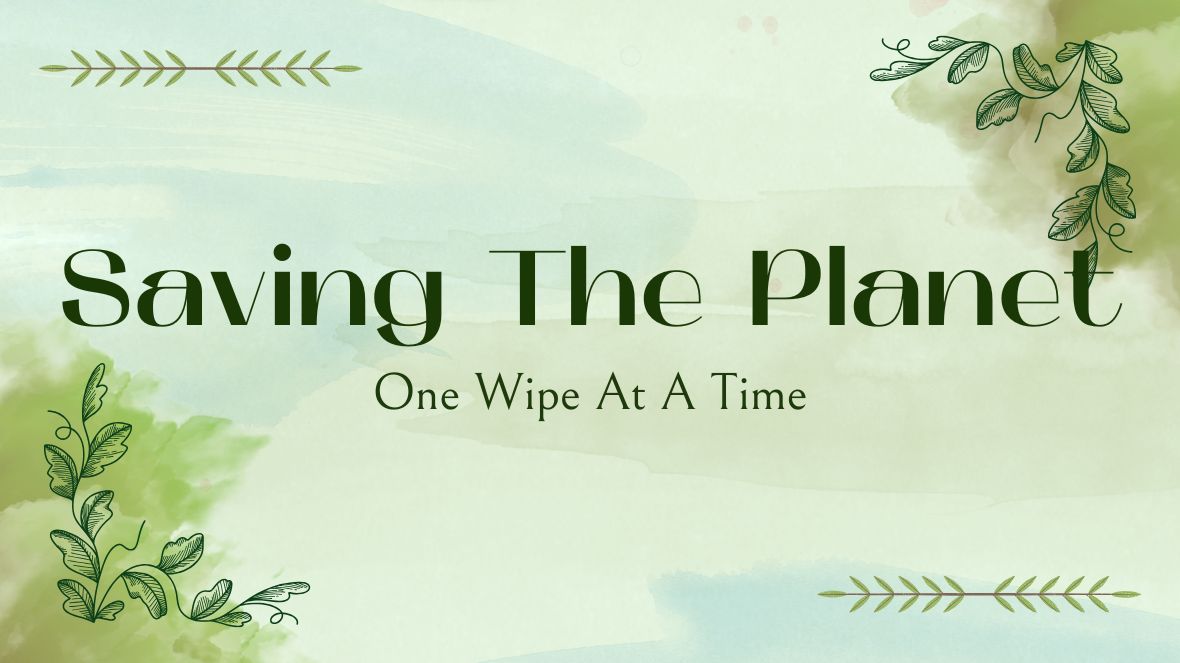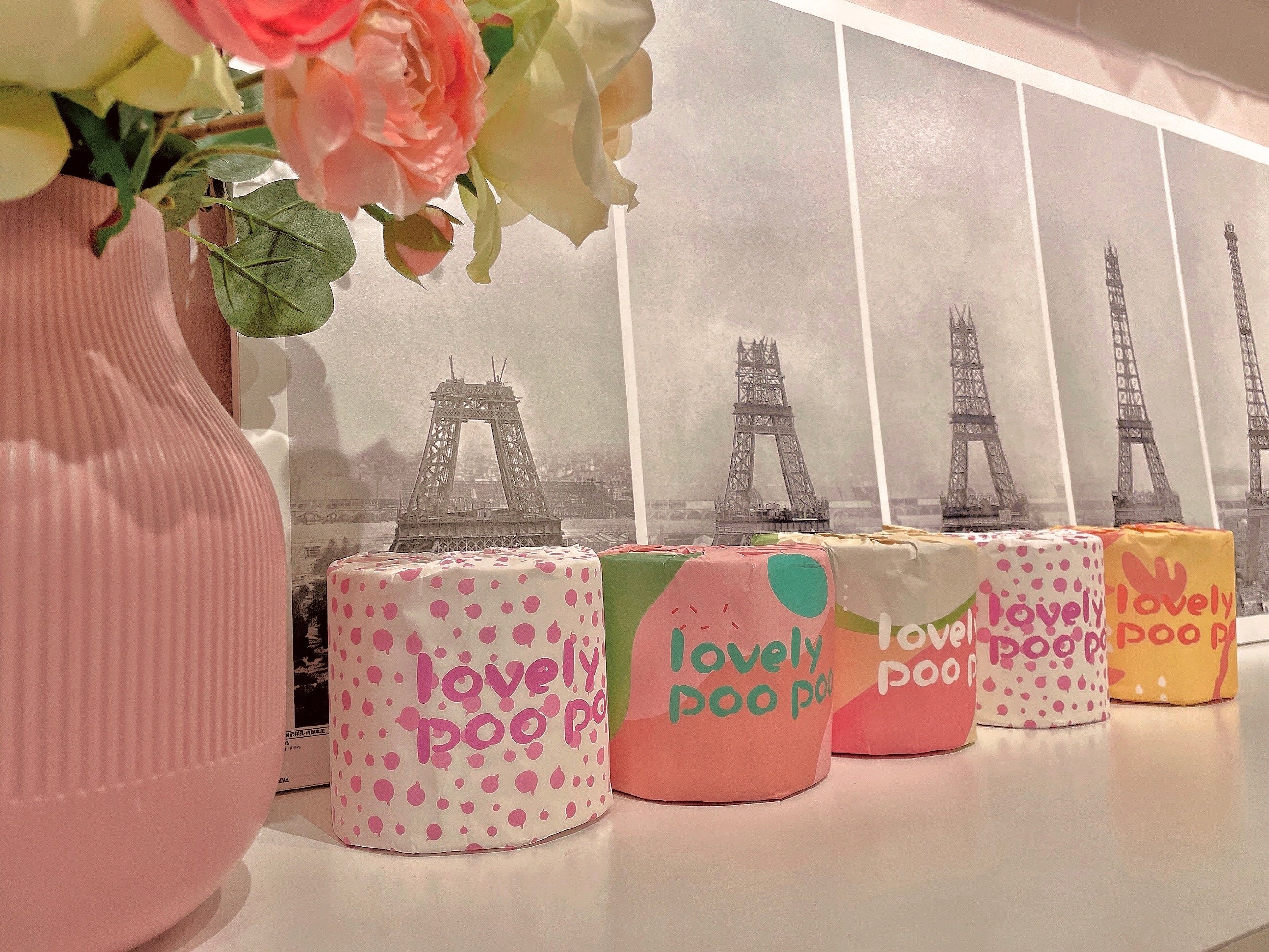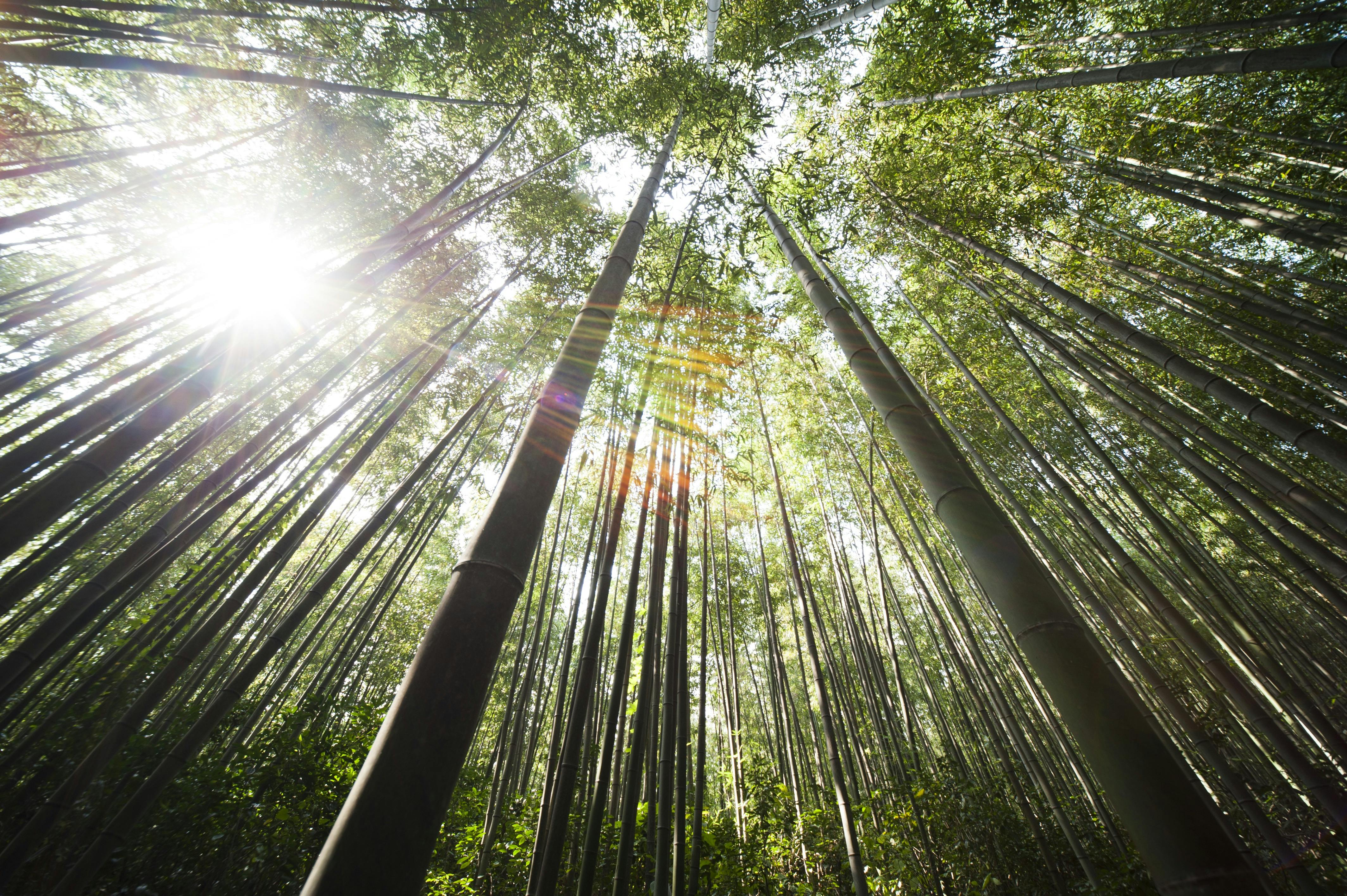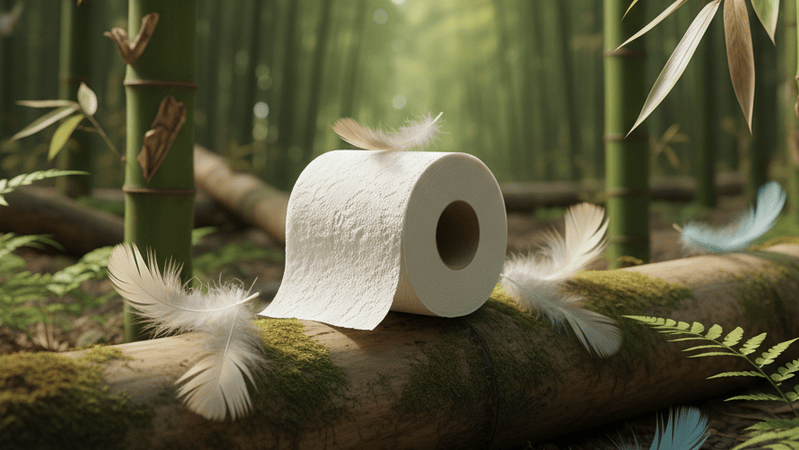In today's world, where environmental consciousness is on the rise, the choices we make in our daily lives can significantly impact the planet's health. One such choice lies in the products we use, like toilet paper—a staple in every household. Transitioning from traditional wood-based toilet paper to bamboo toilet paper is not just a switch in material; it's a step towards a greener future. In this blog, we'll explore how bamboo toilet paper is made, the differences in its manufacture compared to traditional toilet paper, and why this swap is a win for the environment.
How is Bamboo Toilet Paper Made?
-
Bamboo Harvesting:
- Bamboo is a fast-growing grass that matures in 3-5 years, compared to hardwood trees which can take 20-60 years to mature.
- The rapid growth rate means less land is needed for cultivation, and it helps reduce deforestation.
-
Pulping Process:
- Bamboo is chipped into small pieces and mechanically processed to separate the fibers.
- The process uses less energy and water compared to traditional wood pulping, which often involves harsh chemicals.
-
Bleaching:
- Bamboo toilet paper often undergoes an eco-friendly bleaching process using oxygen-based bleach, avoiding the use of chlorine.
- This results in a softer, whiter product without the environmental impact of chlorine-based bleaching.
-
Pulp Refining:
- The bamboo pulp is refined to create a smooth, even texture suitable for toilet paper.
- The refining process in bamboo paper production tends to be less chemical-intensive.
-
Sheet Formation:
- The refined pulp is pressed onto a wire mesh mold to form continuous sheets.
- Bamboo fibers naturally form a strong bond without the need for excessive additives.
-
Drying and Cutting:
- The sheets are pressed and dried, often using renewable energy sources like solar or biomass.
- Once dry, the rolls are cut to size and packaged for distribution.
Differences in Manufacture of Traditional Toilet Paper vs. Bamboo Toilet Paper
-
Raw Material:
- Traditional toilet paper is typically made from trees like spruce, pine, or eucalyptus.
- Bamboo toilet paper is made from bamboo, a renewable resource that absorbs carbon dioxide at a higher rate than trees.
-
Environmental Impact:
- Traditional paper production contributes to deforestation and uses significant amounts of water and energy.
- Bamboo paper production has a lower environmental footprint due to the plant's rapid growth and lower water and energy requirements.
-
Chemicals Used:
- Traditional paper mills often use chlorine in the bleaching process, which can lead to dioxin production—a harmful chemical.
- Bamboo paper is often chlorine-free, reducing the risk of dioxin and other harmful byproducts.
-
Softness and Strength:
- Traditional toilet paper can be rough and less strong due to the use of chemicals and the nature of the wood fibers.
- Bamboo toilet paper is naturally soft and strong, thanks to the fine texture of bamboo fibers.
-
Sustainability:
- The production cycle for traditional toilet paper is longer due to the slower growth rate of trees.
- Bamboo's rapid growth and ability to regrow quickly after harvesting make it a more sustainable choice.
Why Choose Bamboo Toilet Paper?
-
Reduced Deforestation:
- By choosing bamboo toilet paper, you support the reduction of deforestation and promote the growth of sustainable bamboo plantations.
-
Lower Carbon Footprint:
- Bamboo absorbs more carbon dioxide than traditional trees, helping to mitigate climate change.
-
Less Water Usage:
- The production of bamboo toilet paper requires significantly less water, conserving this vital resource.
-
Reduced Chemical Pollution:
- Eco-friendly bleaching processes and the natural strength of bamboo fibers mean fewer chemicals are used in production.
SO . . . .
Making the switch to bamboo toilet paper is a simple yet effective way to increase your environmental awareness and contribute to a healthier planet. By understanding the production process and the benefits it offers over traditional toilet paper, you can make an informed decision that aligns with your eco-friendly values. So, the next time you're stocking up on household essentials, consider choosing bamboo—not just for the quality and comfort it offers, but for the sustainable future it helps to build.
Read more:
- Sowing Seeds of Change: A Journey Through the History of the Environmental Movement
- Healing the Earth: Unraveling the Mysteries of Acid Rain
- A Breath of Fresh Air: Demystifying WMO's Global Climate Observing System (GCOS)
